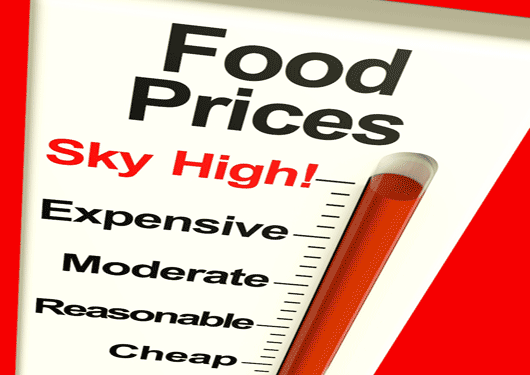
Visit Our Sponsors |
|
|
|
|
|
|
|
|
|
|
|
|
|
|
|
|
|
|
|
|
|
|
|
|
|
|
|
|
|
|
|
|
|
|
|
|
|
|
|
|
|
|
|
|
|
|
|
|
|
|
|
|
|
|
|
|
|
|
|

Last year, 83 percent of the chains surveyed increased prices somewhat, while this year 92 percent are planning hikes. This year's increases are expected to average 1.8 percent, compared to last year's 1.65 percent. The chains predicted their food costs will go up an average 1.7 percent.
"Operators are mimicking what is happening with inflation," said SpenDifference president and CEO Maryanne Rose. "Their menu price hikes are only covering their increased food costs without taking into account potentially higher health care and labor costs." She added that SpenDifference clients can expect to see their costs flat this year, unless they are heavy beef buyers, which will push up their costs.
This is SpenDifference's third menu price tracking survey. Completed last month, it included responses from chains operating between 10 and more than 1,000 domestic units. SpenDifference's last survey, conducted in the spring of 2013, accurately predicted a 1.6 percent average price increase for the year. The most frequent hikes were on burgers and sandwiches, with 28 percent of chains reporting increases. Just under a quarter of the chains upped prices on soups and salads, with one in five increasing entrée prices, the result of many chains reducing portion size to keep prices down.
The survey found one-third of chains plan to raise prices at least two percent this year, but even that will allow for little cushion. SpenDifference predicts food costs will go up the same amount. "Historically, foodservice operators have been very hesitant to raise prices to account for inflation," Rose added. "This survey shows they are using price to cover higher costs while finding other ways to better manage their margins." According to Rose, chains are becoming more efficient, managing their supply chains - including food costs - better, and streamlining their menus.
To counter rising food costs, two-thirds of chains said they are renegotiating contracts, while more than half said they are promoting items with lower food costs and developing limited-time offers with less expensive ingredients.
The survey also found fast-casual chains raised prices more than other segments and were more successful at controlling costs. Compared to other types of concepts, casual chains experienced greater menu inflation last year and expect higher costs this year.
Source: SpenDifference
RELATED CONTENT
RELATED VIDEOS
Timely, incisive articles delivered directly to your inbox.


